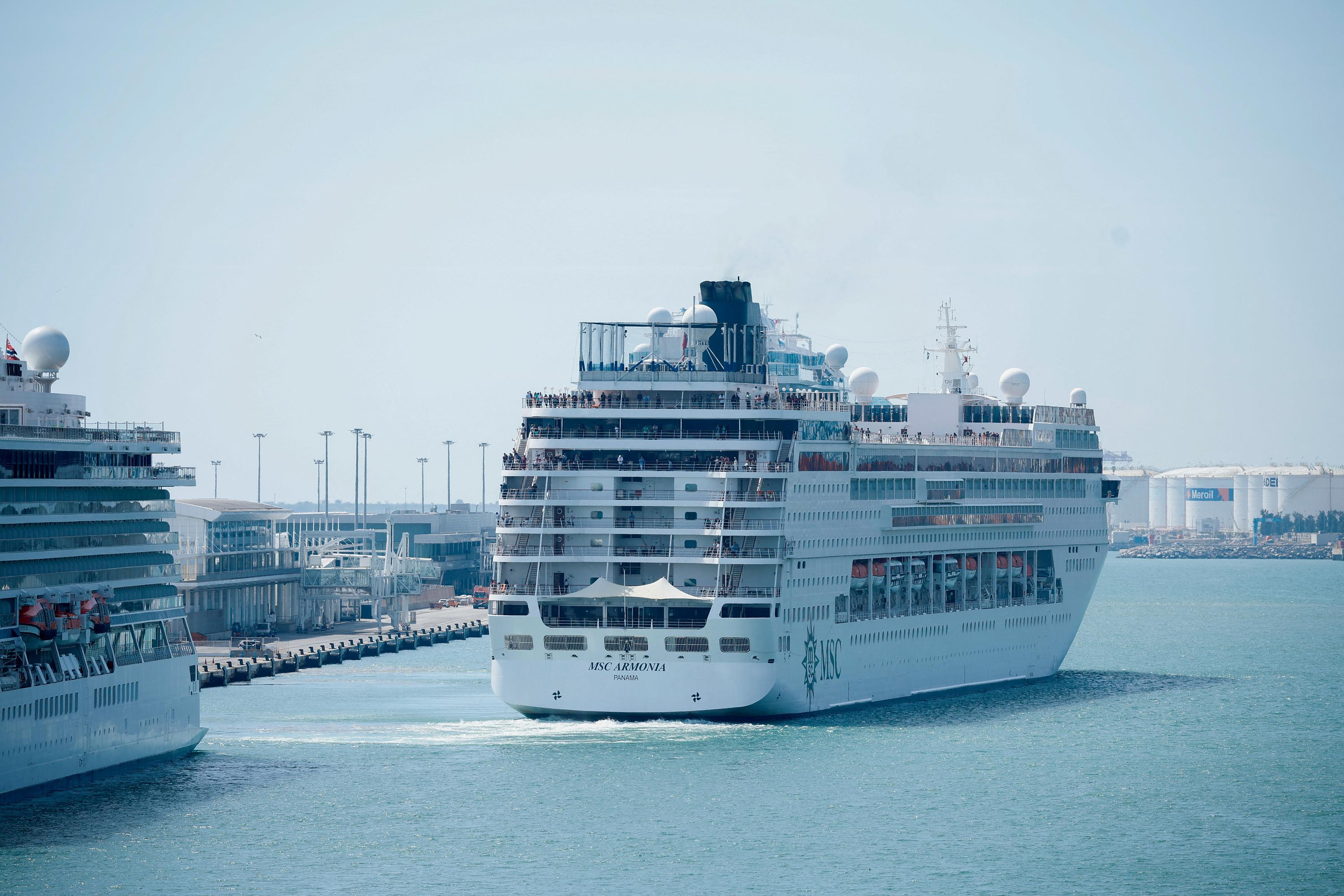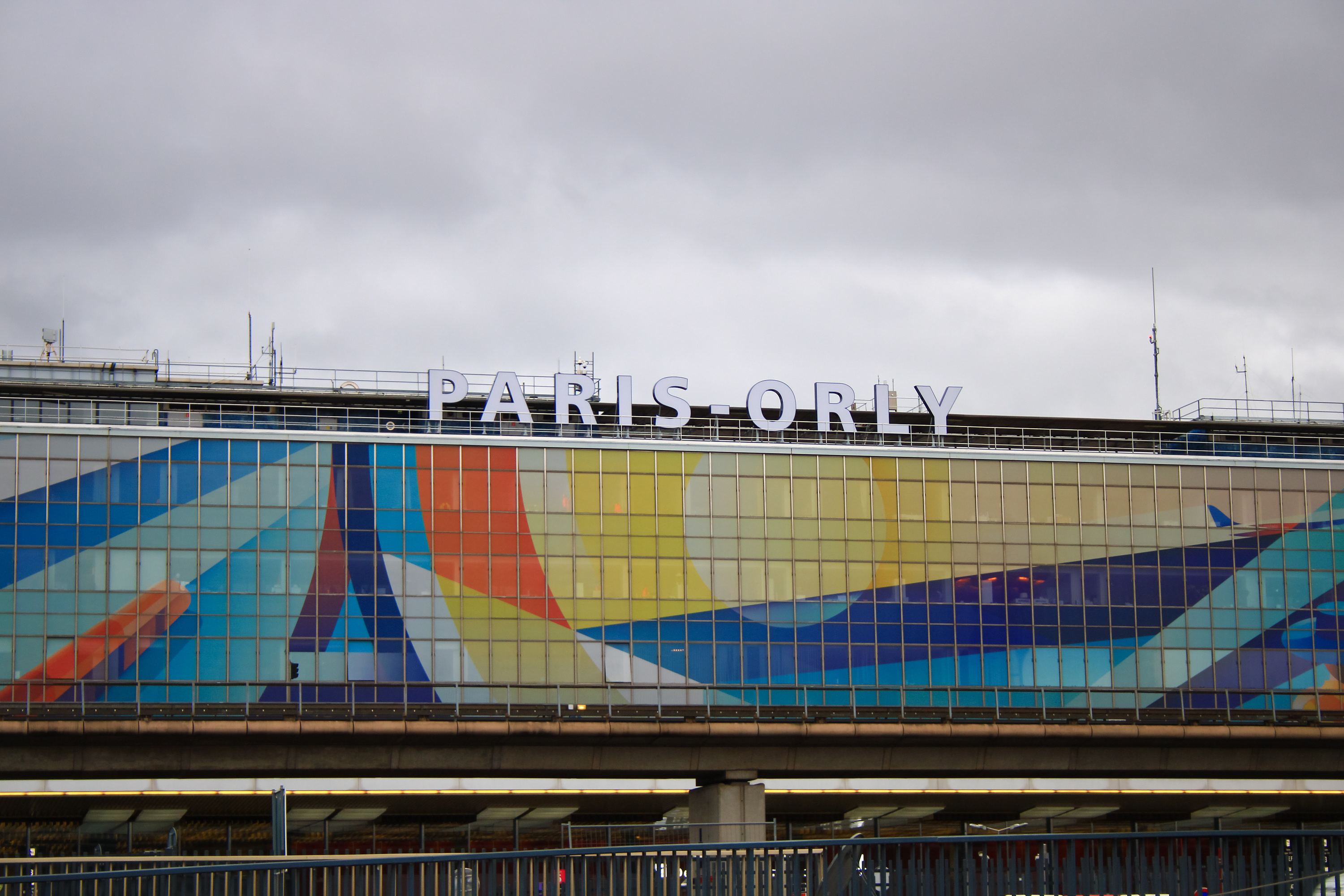Paris in the morning. In front of the portico of the Palais de Chaillot, a handful of people to run, on the horizon looms out of the mist of the Eiffel tower. The romantic city-Idyll, however, is only apparent. At the second glance shows that three of the dark people are silhouettes of soldiers of the Wehrmacht. It is the year 1940. And Heinz von Perckhammer photographed in the order of the national socialists.
How closely the Aesthetics and politics are entangled, is currently in the berlinische Galerie to study. There is a room presentation of the Collection is dedicated to the hardly researched photographers Perckhammer, whose work was lit in the Wake of the Thomas-Friedrich-scholarship for photography research by Kathrin Schönegg. The exhibition presents photographs from all phases and allows a glimpse into the aesthetic and political development of the photographer.
From the New See national socialism
Perckhammer, 1895 born in Merano in the South Tyrolean Alps, where his father was operating a Studio, had actually don't want to be a photographer. The prisoner of war made him. As a control a sailor, he came in the First world war, on Board of the cruiser "SMS Kaiserin Elisabeth" to Qingdao and fell into Japanese captivity. After 1918 he remained in China and was commissioned by the Chinese government; until 1927 he returned to Europe. His pictures from the Asian Emperor fluctuate between documentary curiosity and mythologizing of Orientalization. If a little Boy looks up with surprised eyes wide in the camera, blur it in a mystifying blur, reminiscent of the style of the piktoria lists. Other Times, there are snapshots of street scenes, the show about the status of a food stall.
in 1928, opened Perckhammer on the Kurfürstendamm, a photo Studio, and published three books with his images of China, including such certificates of stereotypical Fetishization of Asian women as "Edle nacktheit in China". The images, the designs Perckhammer during the Weimar period as a Reportage and Illustration, photography, still appear quite in the style of the modernist photography of the New vision: strong contrasts, a fragmented cut-outs, unusual perspectives. Once, he photographed a gallery of Mannequin heads that appear in their oscillation between the Animate and the Inanimate, as a pattern example of the Uncanny.
at Least as scary to the aesthetic change, the Perckhammers photography draws after that. In the thirties, he travels as a photo reporter by the German Empire. His recordings are now in the service of national socialism. Even more clearly than in the images of Hitler youth marches in those Works, the transport, the NS-ideology. For example, when he positioned a woman in costume in front of a windmill in a Cornfield and shy, with a smile Ear-down look. The difference compared to the photos taken by Perckhammer in the decade prior to that – including many Nudes – could hardly be greater.
Show the propaganda effect of photography
of All the issued recordings, the photography is as a Medium for political Propaganda so important. Unlike the word the photo is wearing a graphic picture of the effect of the evidence: that what it shows has been so once. And it is this evidence is effect, not just on the purely Visible, but the photo Implied. In other words, the ideological content can be conveyed with immediate effect visually. This is the point at which politics and Aesthetics in one fall. This congruence can be Perckhammers photos from the Nazi era. About on that out of the reverence of the sub view of the recorded image on the front of a dramatic high-contrast clouds in the sky, the black silhouettes of two Wehrmacht soldiers in the same angle of the sky dome as their anti-aircraft gun. Or those shots of Joseph Goebbels, the father, to stage him as an approachable family. Perckhammer portrayed a politician of the Nazi party and worked as a war reporter in Europe.
the small exhibition – beyond the question of political Involvement Perckhammers allowed – just because of the aesthetic opportunism of the photographs an insight into the processes in which history is crystallized in the images of their time.
More aboutcrisis in 1930, the beginning of The end of the Weimar Republic
, Christian Schröderberlinische Galerie, Alte jakobstraße 124-128, to 11. March, Wed–mon 10-18 clock

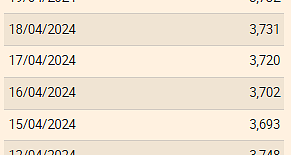 The Euribor today remains at 3.734%
The Euribor today remains at 3.734% Germany: the trial of an AfD leader, accused of chanting a Nazi slogan, resumes this Tuesday
Germany: the trial of an AfD leader, accused of chanting a Nazi slogan, resumes this Tuesday New York: at Columbia University, the anti-Semitic drift of pro-Palestinian demonstrations
New York: at Columbia University, the anti-Semitic drift of pro-Palestinian demonstrations What is Akila, the mission in which the Charles de Gaulle is participating under NATO command?
What is Akila, the mission in which the Charles de Gaulle is participating under NATO command? What High Blood Pressure Does to Your Body (And Why It Should Be Treated)
What High Blood Pressure Does to Your Body (And Why It Should Be Treated) Vaccination in France has progressed in 2023, rejoices Public Health France
Vaccination in France has progressed in 2023, rejoices Public Health France Food additives suspected of promoting cardiovascular diseases
Food additives suspected of promoting cardiovascular diseases “Even morphine doesn’t work”: Léane, 17, victim of the adverse effects of an antibiotic
“Even morphine doesn’t work”: Léane, 17, victim of the adverse effects of an antibiotic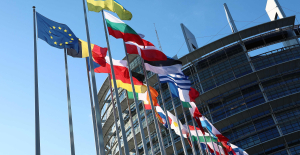 MEPs validate reform of EU budgetary rules
MEPs validate reform of EU budgetary rules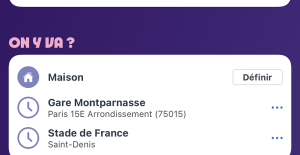 “Public Transport Paris 2024”, the application for Olympic Games spectators, is available
“Public Transport Paris 2024”, the application for Olympic Games spectators, is available Spotify goes green in the first quarter and sees its number of paying subscribers increase
Spotify goes green in the first quarter and sees its number of paying subscribers increase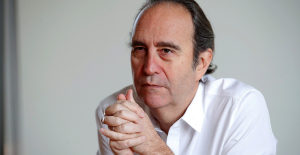 Xavier Niel finalizes the sale of his shares in the Le Monde group to an independent fund
Xavier Niel finalizes the sale of his shares in the Le Monde group to an independent fund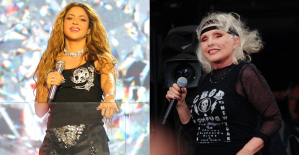 Owner of Blondie and Shakira catalogs in favor of $1.5 billion offer
Owner of Blondie and Shakira catalogs in favor of $1.5 billion offer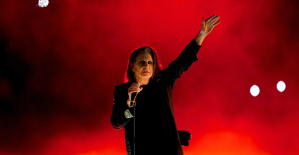 Cher et Ozzy Osbourne rejoignent le Rock and Roll Hall of Fame
Cher et Ozzy Osbourne rejoignent le Rock and Roll Hall of Fame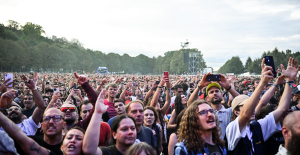 Three months before the Olympic Games, festivals and concert halls fear paying the price
Three months before the Olympic Games, festivals and concert halls fear paying the price With Brigitte Macron, Aya Nakamura sows new clues about her participation in the Olympics
With Brigitte Macron, Aya Nakamura sows new clues about her participation in the Olympics Skoda Kodiaq 2024: a 'beast' plug-in hybrid SUV
Skoda Kodiaq 2024: a 'beast' plug-in hybrid SUV Tesla launches a new Model Y with 600 km of autonomy at a "more accessible price"
Tesla launches a new Model Y with 600 km of autonomy at a "more accessible price" The 10 best-selling cars in March 2024 in Spain: sales fall due to Easter
The 10 best-selling cars in March 2024 in Spain: sales fall due to Easter A private jet company buys more than 100 flying cars
A private jet company buys more than 100 flying cars This is how housing prices have changed in Spain in the last decade
This is how housing prices have changed in Spain in the last decade The home mortgage firm drops 10% in January and interest soars to 3.46%
The home mortgage firm drops 10% in January and interest soars to 3.46% The jewel of the Rocío de Nagüeles urbanization: a dream villa in Marbella
The jewel of the Rocío de Nagüeles urbanization: a dream villa in Marbella Rental prices grow by 7.3% in February: where does it go up and where does it go down?
Rental prices grow by 7.3% in February: where does it go up and where does it go down? Europeans: “All those who claim that we don’t need Europe are liars”, criticizes Bayrou
Europeans: “All those who claim that we don’t need Europe are liars”, criticizes Bayrou With the promise of a “real burst of authority”, Gabriel Attal provokes the ire of the opposition
With the promise of a “real burst of authority”, Gabriel Attal provokes the ire of the opposition Europeans: the schedule of debates to follow between now and June 9
Europeans: the schedule of debates to follow between now and June 9 Europeans: “In France, there is a left and there is a right,” assures Bellamy
Europeans: “In France, there is a left and there is a right,” assures Bellamy These French cities that will boycott the World Cup in Qatar
These French cities that will boycott the World Cup in Qatar Serie A: Bologna surprises AS Rome in the race for the C1
Serie A: Bologna surprises AS Rome in the race for the C1 Serie A: Marcus Thuram king of Italy, end of the debate for the position of number 9 with the Blues?
Serie A: Marcus Thuram king of Italy, end of the debate for the position of number 9 with the Blues? Milan AC-Inter Milan: Thuram and Pavard impeccable, Hernandez helpless… The tops and flops of the derby
Milan AC-Inter Milan: Thuram and Pavard impeccable, Hernandez helpless… The tops and flops of the derby Ligue 2: Auxerre leader, Bordeaux in crisis, play-offs... 5 questions about an exciting end of the season
Ligue 2: Auxerre leader, Bordeaux in crisis, play-offs... 5 questions about an exciting end of the season




